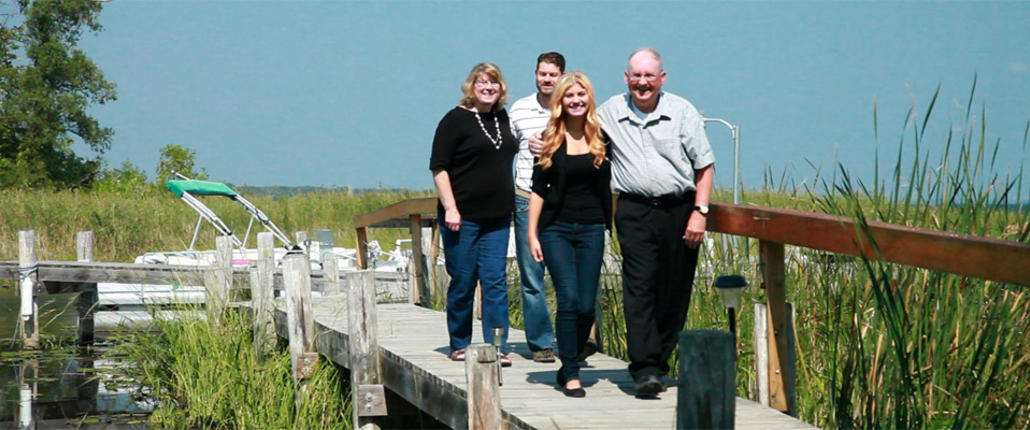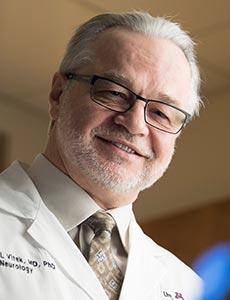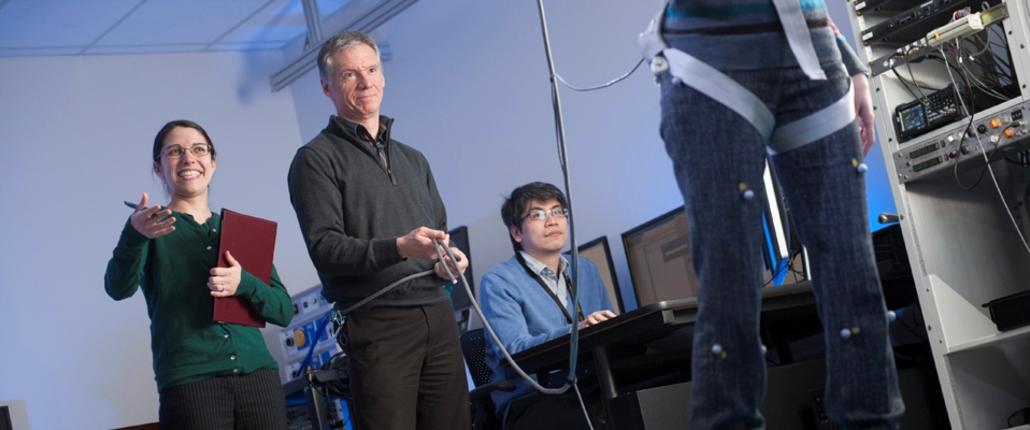Neuromodulation at the State Fair
Neuromodulation Research Center (NMRC) members were at the Minnesota State Fair on September 4, 2016 to inform the public about deep brain stimulation (DBS) therapy for movement disorders and highlight the clinical DBS program and translational neuromodulation research being done at the University of Minnesota.
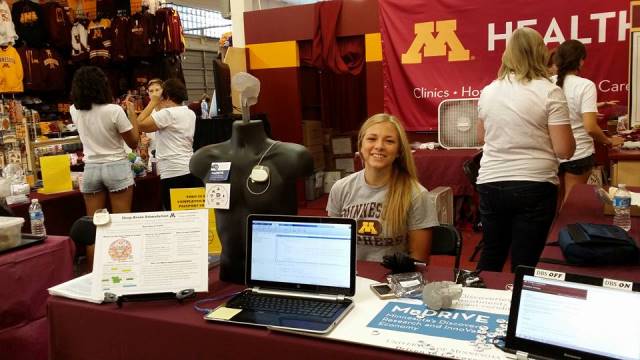
The NMRC group created a demo to educate people about DBS, with an example DBS device, a model brain, and a user interface that enabled visitors to interact with the demo and change DBS settings to "treat" various movement disorders.
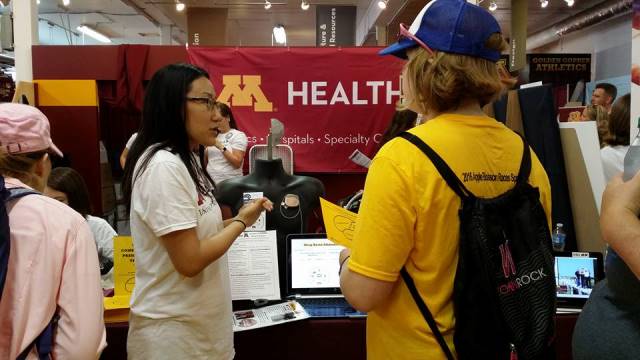
They also represented MnDRIVE, which is an ongoing partnership between the University and the state of Minnesota that drives high-impact research and discovery in the field of neuromodulation.
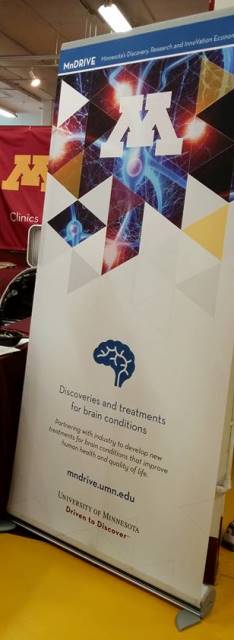
NMRC is directed by Dr. Jerrold Vitek and focuses on the medical and surgical treatment of movement disorders.
